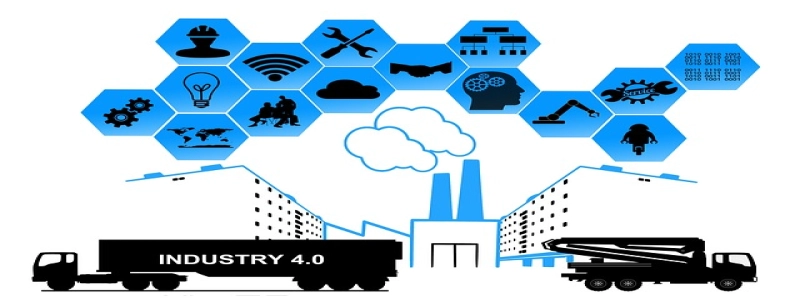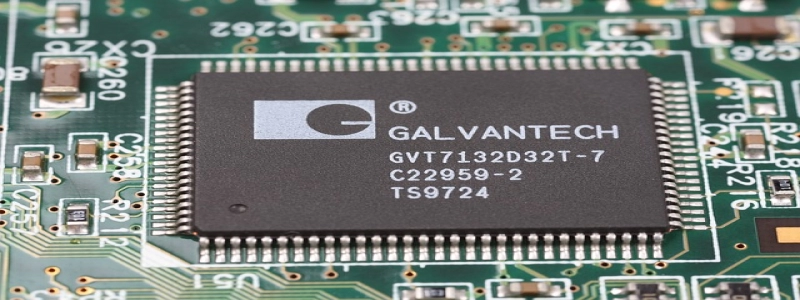Ethernet to CAN
==================
Introducción
————
Ethernet to CAN is a technology that allows the communication between Ethernet networks and CAN (Controller Area Network) systems. This integration enables seamless connectivity and data exchange between devices using these two different protocols. En este artículo, we will explore the advantages of Ethernet to CAN, its applications, and how it works.
Advantages of Ethernet to CAN
—————————–
1. Increased Network Bandwidth: Ethernet networks offer higher bandwidth compared to traditional CAN networks. By integrating Ethernet with CAN, the overall network bandwidth is increased, allowing for faster communication and data transfer.
2. Compatibility: Ethernet is a widely used protocol in various industries, while CAN is commonly used in automotive applications. The integration of Ethernet and CAN ensures compatibility between devices using these protocols, simplifying system integration and expanding the range of applications.
3. Remote Access: Ethernet to CAN devices often have built-in web servers, allowing remote access and monitoring of the CAN network. This feature enables easy troubleshooting, configuration, and updates without the need for physical interaction with the CAN system.
4. Scalability: Ethernet to CAN systems support multiple CAN channels, making it possible to connect multiple CAN networks to a single Ethernet network. This scalability enhances the flexibility and expandability of the overall system.
Applications of Ethernet to CAN
——————————-
1. Automotive Industry: In modern vehicles, there are numerous electronic control units (ECUs) that communicate through CAN networks. Ethernet to CAN integration allows for connecting these ECUs to a central Ethernet network, enabling efficient data exchange between various automotive systems.
2. Industrial Automation: Ethernet to CAN is widely used in industrial automation systems. It allows for the integration of different devices, such as sensors, actuators, and PLCs, using CAN, into a unified Ethernet network. This integration improves communication and coordination between these devices, enhancing overall system efficiency.
3. Smart Grids: Ethernet to CAN integration is also useful in smart grid systems. It enables the connection of smart meters, grid monitoring devices, and other components using CAN to the Ethernet network. This integration facilitates real-time monitoring, data collection, and control of the smart grid infrastructure.
How Ethernet to CAN Works
————————-
Ethernet to CAN devices act as gateways between Ethernet networks and CAN networks. They receive Ethernet frames and encapsulate them into CAN messages before sending them to the CAN network. Similarly, they receive CAN messages and encapsulate them into Ethernet frames before transmitting them over the Ethernet network.
These devices typically have Ethernet and CAN interfaces, which allow them to connect to the respective networks. They also have firmware or software that handles the conversion between Ethernet and CAN protocols. Además, they may have other features such as web servers, configuration tools, and remote access capabilities to enhance the usability and functionality of the overall system.
Conclusión
———-
Ethernet to CAN integration offers numerous advantages in terms of increased network bandwidth, compatibility, remote access, and scalability. It finds applications in various industries such as automotive, industrial automation, and smart grids. By enabling seamless communication between Ethernet networks and CAN systems, this technology enhances system efficiency and flexibility.








